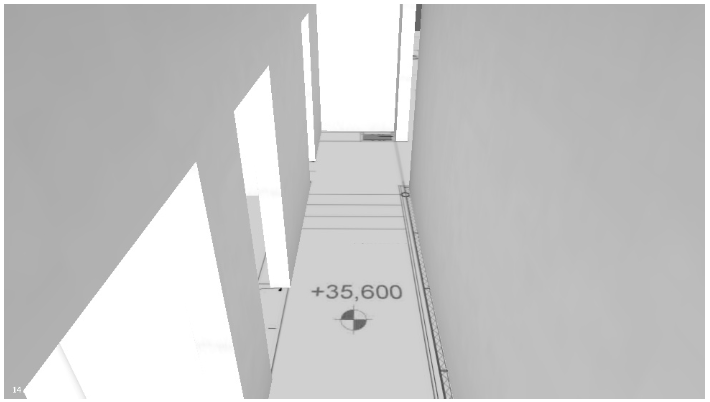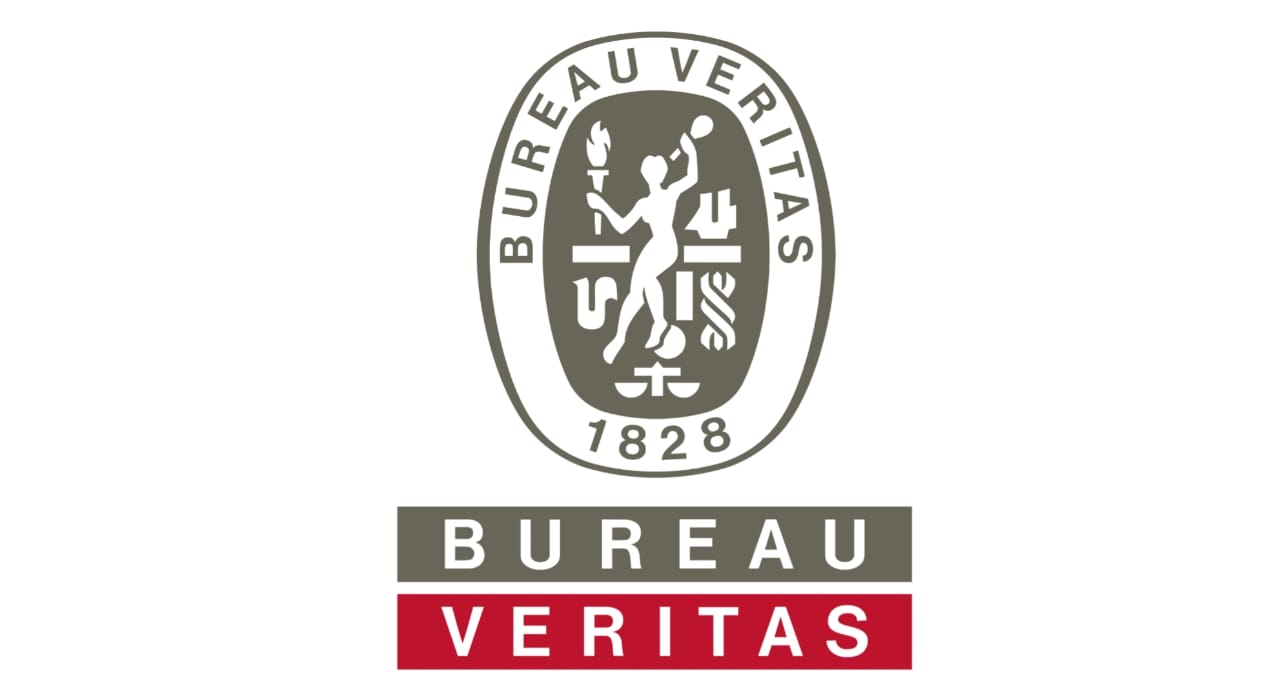Understanding CCTV Camera Coverage Distance
Understanding CCTV camera coverage distance for maximizing the effectiveness of surveillance systems

Understanding CCTV Camera Coverage Distance
Closed-circuit television (CCTV) cameras have become indispensable tools for enhancing security and monitoring activities in various environments. When deploying CCTV systems, it is crucial to understand the concept of camera coverage distance to ensure optimal surveillance efficiency. By comprehending the factors that influence coverage distance and making informed decisions regarding camera placement, one can maximize the effectiveness of CCTV installations. This article aims to explore the factors affecting CCTV camera coverage distance and provide practical insights for achieving comprehensive surveillance coverage.
Factors Influencing CCTV Camera Coverage Distance
Lens Focal Length: The focal length of a CCTV camera lens plays a vital role in determining coverage distance. A lens with a shorter focal length provides a wider field of view, allowing for a broader coverage area but compromising on image details. Conversely, a lens with a longer focal length offers a narrower field of view but captures greater detail within its range. Selecting the appropriate lens focal length depends on the specific surveillance objectives and the desired balance between coverage area and image clarity.
Sensor Size and Resolution: The sensor size and resolution of a CCTV camera significantly impact its coverage distance. Larger sensors and higher resolutions enable capturing more details over a greater distance. Cameras equipped with advanced sensors and higher resolutions can effectively monitor distant objects, providing enhanced clarity and accuracy. However, it is essential to strike a balance between resolution and coverage area, as higher resolutions may require more storage and processing power.
Lighting Conditions: Lighting conditions, both natural and artificial, affect the visibility and coverage distance of CCTV cameras. In well-lit environments, cameras can capture clear images and monitor a larger area effectively. Insufficient lighting, such as during nighttime or in poorly lit areas, can reduce coverage distance and compromise the quality of recorded footage. Employing cameras with low-light capabilities, such as infrared (IR) or night vision cameras, can overcome these challenges and extend the coverage distance under low-light conditions.
Obstacles and Environmental Factors: Physical obstructions and environmental factors can limit the effective coverage distance of CCTV cameras. Obstacles like walls, trees, or other structures can obstruct the camera's view and reduce its coverage area. Similarly, environmental conditions such as heavy rain, fog, or extreme weather conditions can affect visibility and reduce coverage distance. Careful consideration of these factors during the camera placement stage is crucial to ensure uninterrupted surveillance coverage.
Maximizing CCTV Camera Coverage Distance
Camera Placement Strategy: Strategic placement of CCTV cameras is essential to achieve maximum coverage distance. Conducting a thorough site survey helps identify critical areas that require surveillance coverage. Consider factors such as the layout of the area, potential blind spots, and the presence of obstacles. By strategically positioning cameras at optimal heights and angles, one can maximize the coverage area and minimize potential limitations.
Networked Camera Systems: Leveraging networked camera systems allows for the integration of multiple cameras, enabling comprehensive coverage of large areas. By strategically placing cameras and utilizing network video recorders (NVRs), users can monitor and manage multiple cameras simultaneously, extending coverage distance and enhancing overall surveillance efficiency.
Understanding CCTV camera coverage distance is crucial for maximizing the effectiveness of surveillance systems. By considering factors such as lens focal length, sensor size, lighting conditions, and environmental factors, one can make informed decisions about camera placement











